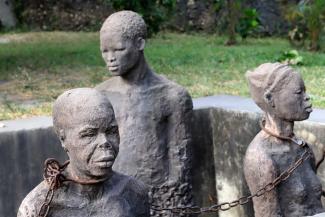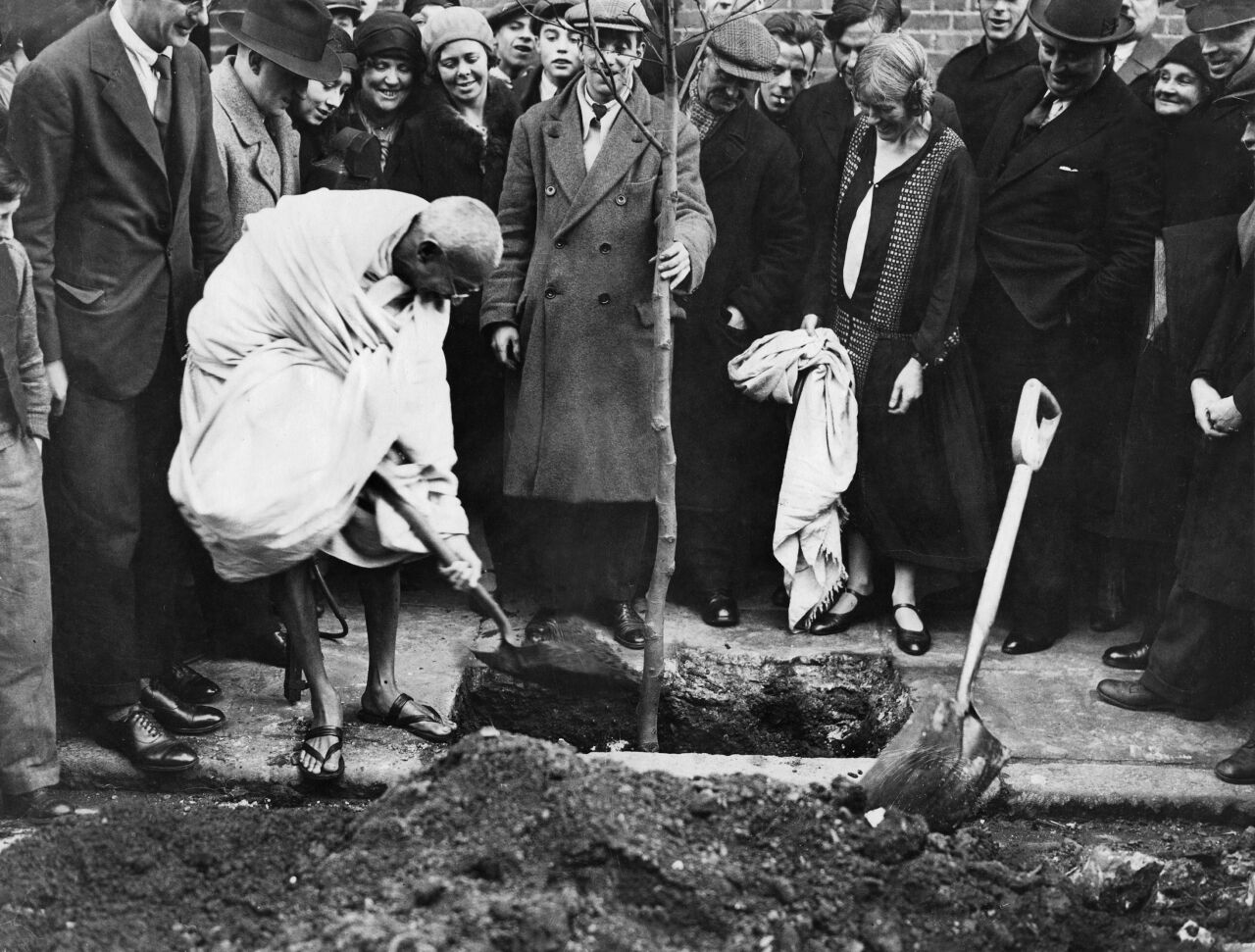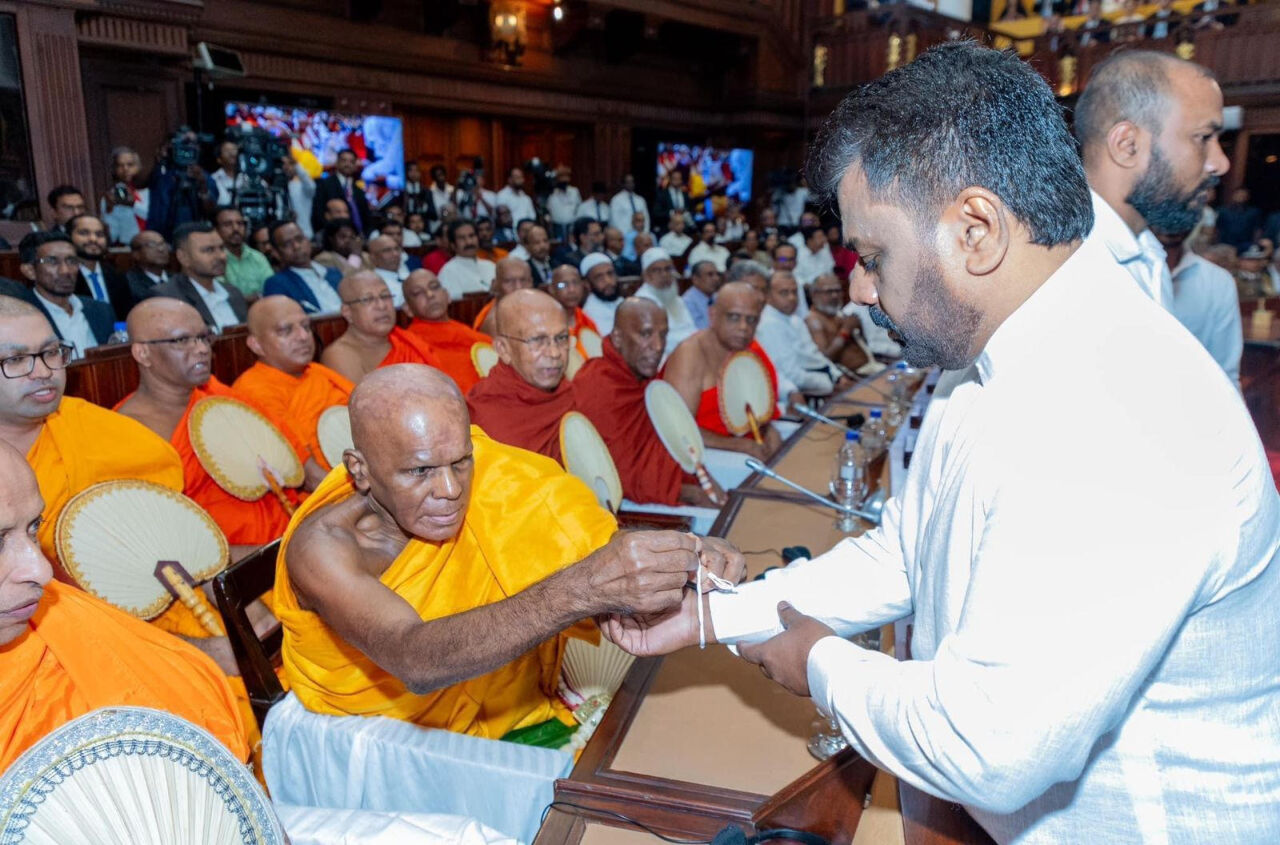Slavery
The forgotten Arab slave trade

From the 7th century and over 13 centuries, between 10 and 18 million Africans were trafficked through the Sahara and the Indian Ocean to the Arab world, mainly to the Arabian Peninsula, North Africa and other parts of the Middle East. The effects of this trade continue to shape the geopolitical landscape to this day.
Whereas the transatlantic trade primarily targeted the west coast of Africa, the much older Arab slave trade operated on the east coast and the trans-Saharan routes. The European colonial powers were aware of the existing Arab trade networks and integrated them into their colonial strategies. The colonial borders and political units in Africa were influenced by the existing trade routes and the regional power dynamics shaped by the slave trade.
The displacement of millions of Africans led to a significant population decline in several regions. People from East and Central Africa were transported across the Indian Ocean and had to endure appalling conditions.
For many slaves, the journey began in Zanzibar. The archipelago in present-day Tanzania became a central hub in the slave trade network that connected East Africa with the Middle East and the Persian Gulf.
The islands were under the rule of the Omani Sultan family from the end of the 17th century until their independence in 1963. Zanzibar was not only a centre for the slave trade, but also for a range of commodities such as cloves and ivory, which were transported from here to various parts of the Arab world.
The journey through the Sahara Desert was an alternative route for slaves from different regions. It could take months. Here, too, the conditions were brutal: extreme heat, lack of water and malnutrition took their toll. It is estimated that up to 50 % of the slaves died before reaching their destination.
The transatlantic trade was primarily looking for strong men to work on farms and ranches, while Arab traders focused on capturing women and girls for concubinage and sexual exploitation in harems. The demand for female slaves was high enough for traders to charge high prices, with the ratio of captured women to men being three to one.
A particularly brutal aspect of the Arab slave trade was the castration of male slaves, especially those who served as palace guards or soldiers, in order to render them incapable of reproducing. Castrated men were considered more reliable and less susceptible to rival claims to power.
Economic and social impacts
The economic consequences of the Arab slave trade were far-reaching and continue to have an impact in the affected regions until today. Zanzibar is a good example: the archipelago initially benefited from the exploitation of slave labour. However, the long-term effects of the trade made Zanzibar economically dependent on slave labour and the associated industries, for example clove plantations. Even after the abolition of the slave trade, Zanzibar’s economic structure remained partly dependent on the plantation economy, which hindered broader economic development.
In other parts of East Africa, the loss of a large part of the labour force meant that agricultural production and trade were impaired – a consequence that was even more pronounced in West Africa as a result of the transatlantic slave trade.
The slave trade also had a profound impact on social structures and cultural practices in the affected regions. The capture and enslavement of large numbers of people led to the breakdown of traditional family structures. In East Africa, the abduction of young men and women tore apart family ties and impaired social cohesion. In West Africa, the constant threat of raids to round up more slaves created fear and instability that eroded societies.
The influx of enslaved Africans into the Arab world led to a blending of cultures, but also to a marginalisation of African cultural practices. Enslaved Africans were often forced to give up their cultural identity, and their descendants were assimilated into the new cultural contexts they lived in.
Lasting geopolitical impacts
“The economic and political advantages gained by Arab traders had an impact on colonial borders and regional power structures,” says Oscar Otieno from the Department of History and Archaeology at the University of Nairobi (UoN). He adds: “These historical trade patterns continue to shape geopolitics today.”
“Historical grievances and stereotypes based on centuries of exploitation are contributing to current diplomatic and social tensions, particularly between North African and sub-Saharan African countries,” says Salah Trabelsi, lecturer and researcher at the Mediterranean and Middle East Research and Study Group at Université Lumière Lyon 2.
One example of this is the migration flows from sub-Saharan Africa to North African countries and the conditions experienced by migrants in the latter. Today, they are characterised by discrimination and abuse, which can be seen as a legacy of historical exploitation.
Historical trade routes that emerged during the Arab slave trade also continue to influence economic relations between the Arabian Peninsula and Africa. Countries such as Saudi Arabia and the United Arab Emirates have significant economic interests in Africa that are shaped by these historical relations.
Reparations
Scholars have referred to the slave trade as a “veiled genocide”. This term reflects the severe humiliation and conditions slaves were subjected to, from their initial capture and sale in the markets to the gruelling labour they were forced to perform abroad and the harrowing journeys in between.
Although formal reparations for the Arab slave trade are less emphasised compared to those for the transatlantic slave trade, there are ongoing discussions about recognising these historical injustices and supporting the affected communities. The main issue is the elimination of social and economic inequalities resulting from historical exploitation.
This is important, for example, in view of the discrimination and abuse to which Africans are exposed today in North Africa and as cheap labour in the Middle East, be it as domestic helpers in wealthy Emirati families or as construction workers on building sites in Qatar.
According to Otieno of the UoN, addressing these issues requires recognition of the historical context and a commitment to eradicating the legacies of exploitation. He notes: “It is necessary to preserve and pass on the historical narratives of the affected communities and at the same time create platforms for continuous dialogue and mutual respect between the descendants of those affected.”
Modern slavery
In some countries such as Mauritania slavery was only officially abolished in the 21st century. And reports of slavery are still persistent. Combating modern forms of exploitation, such as human trafficking and forced labour, is an ongoing challenge. Organisations such as the International Organization for Migration (IOM), the International Labour Organization (ILO) as well as Anti-Slavery International support victims of human trafficking and work with governments to improve policies.
Patricia Umwe from the School of Development and Strategic Studies, Maseno University Kenya, emphasises: “Addressing the legacy of the Arab slave trade involves not only acknowledging historical injustice, but also combating modern forms of exploitation and discrimination. The lessons of history must be incorporated into today’s human-rights efforts to ensure that the injustices of the past do not lead to future suffering.”
Bob Koigi is a development journalist.
bobkoigi@gmail.com

















